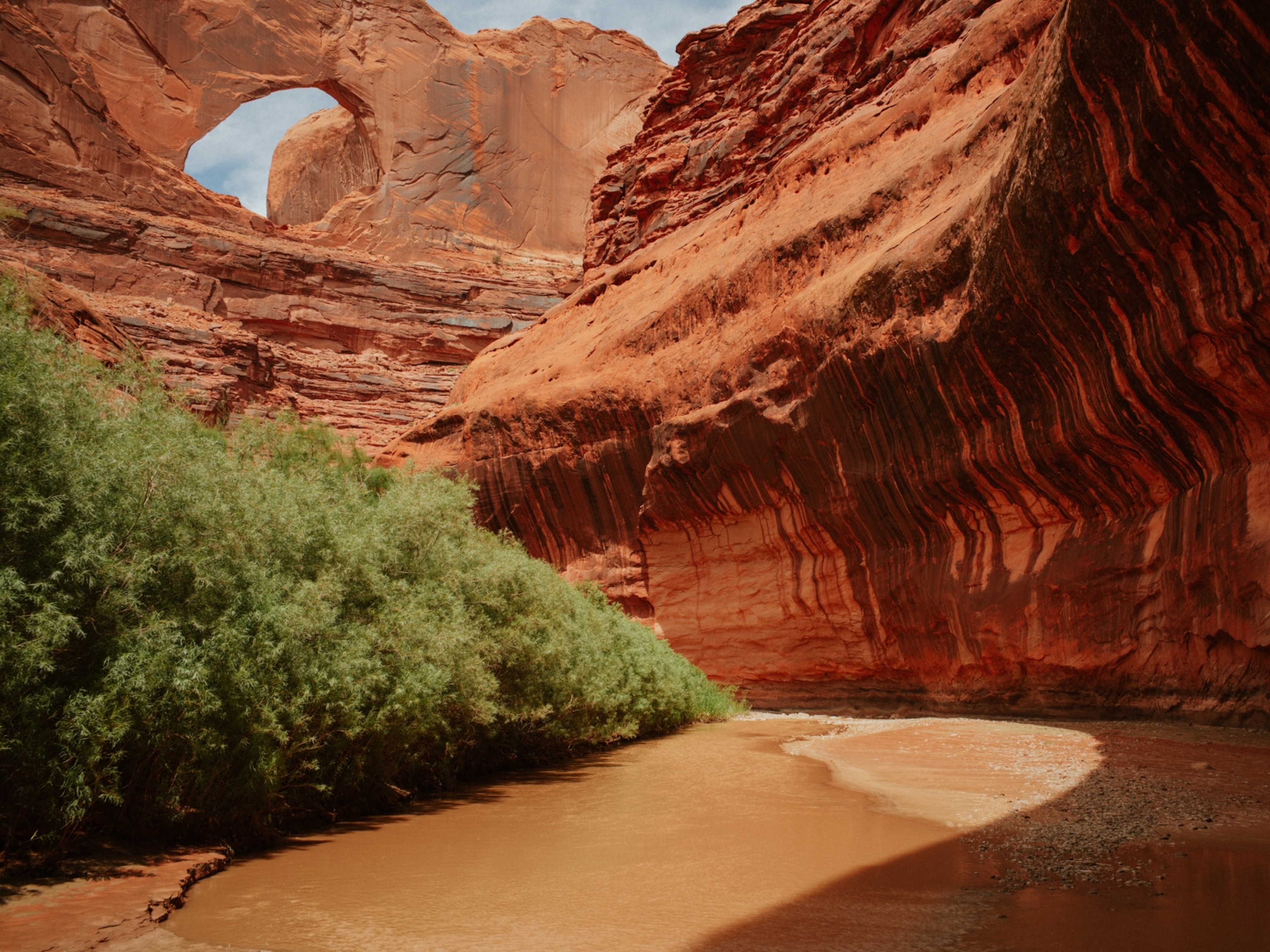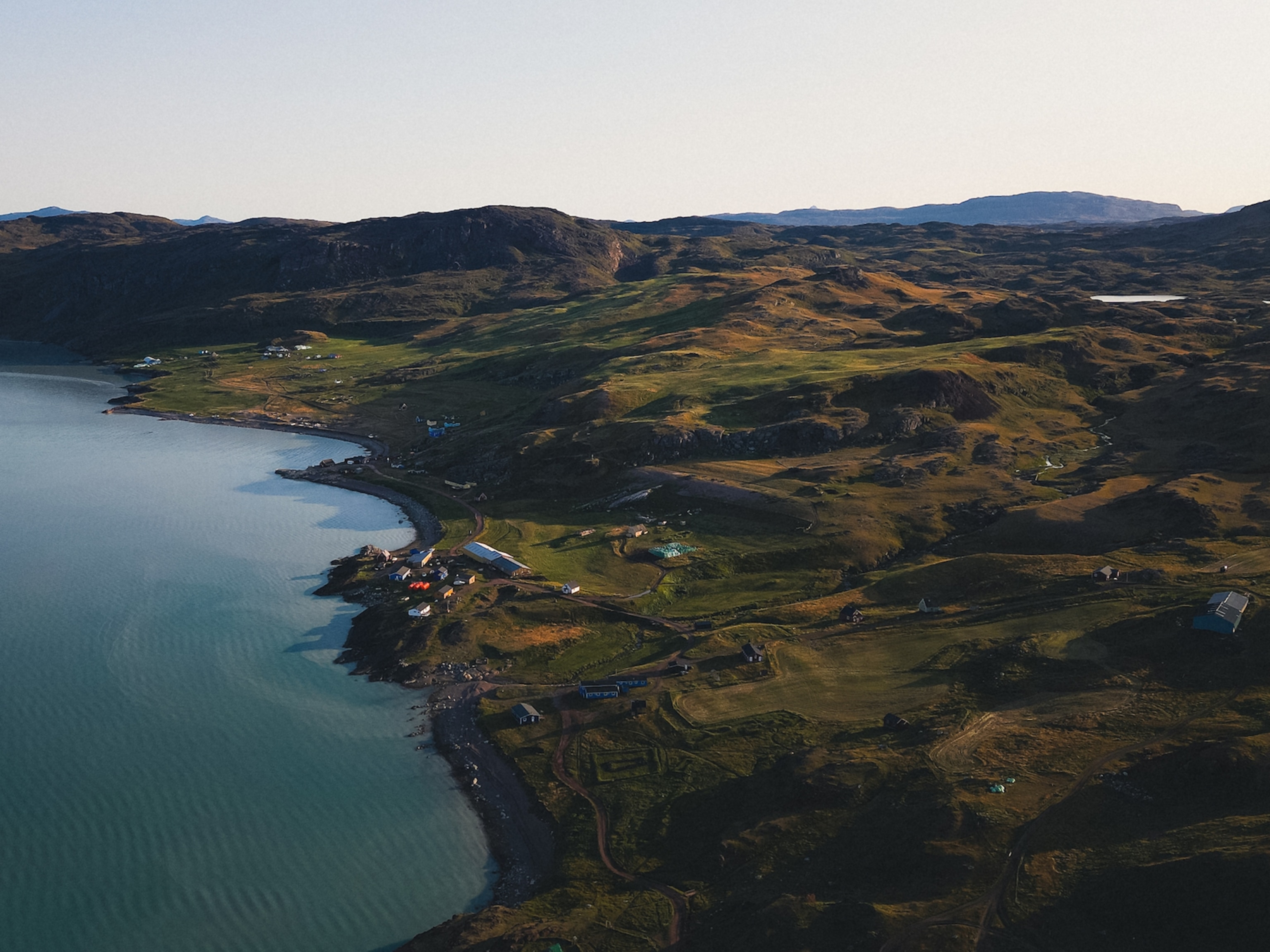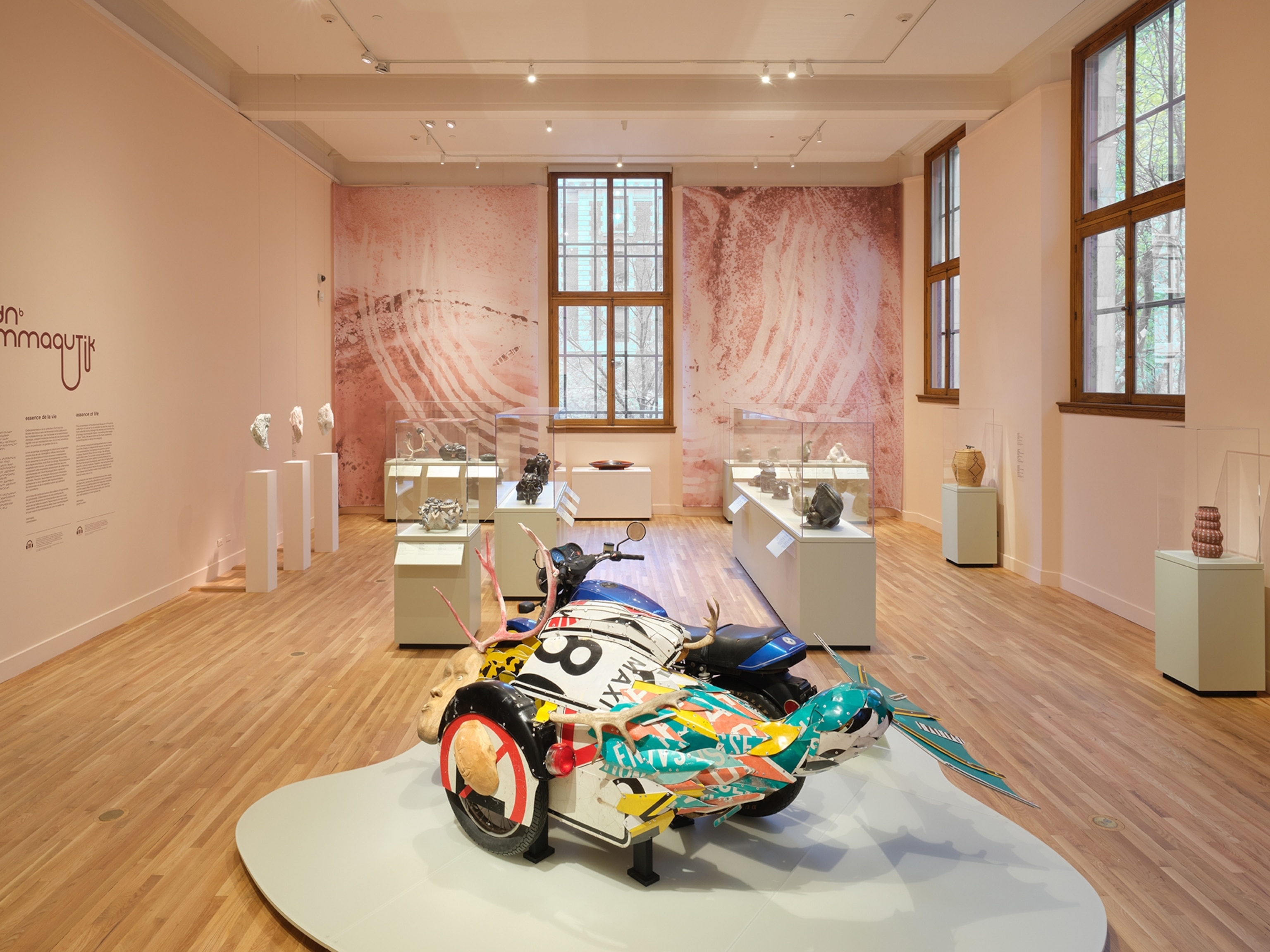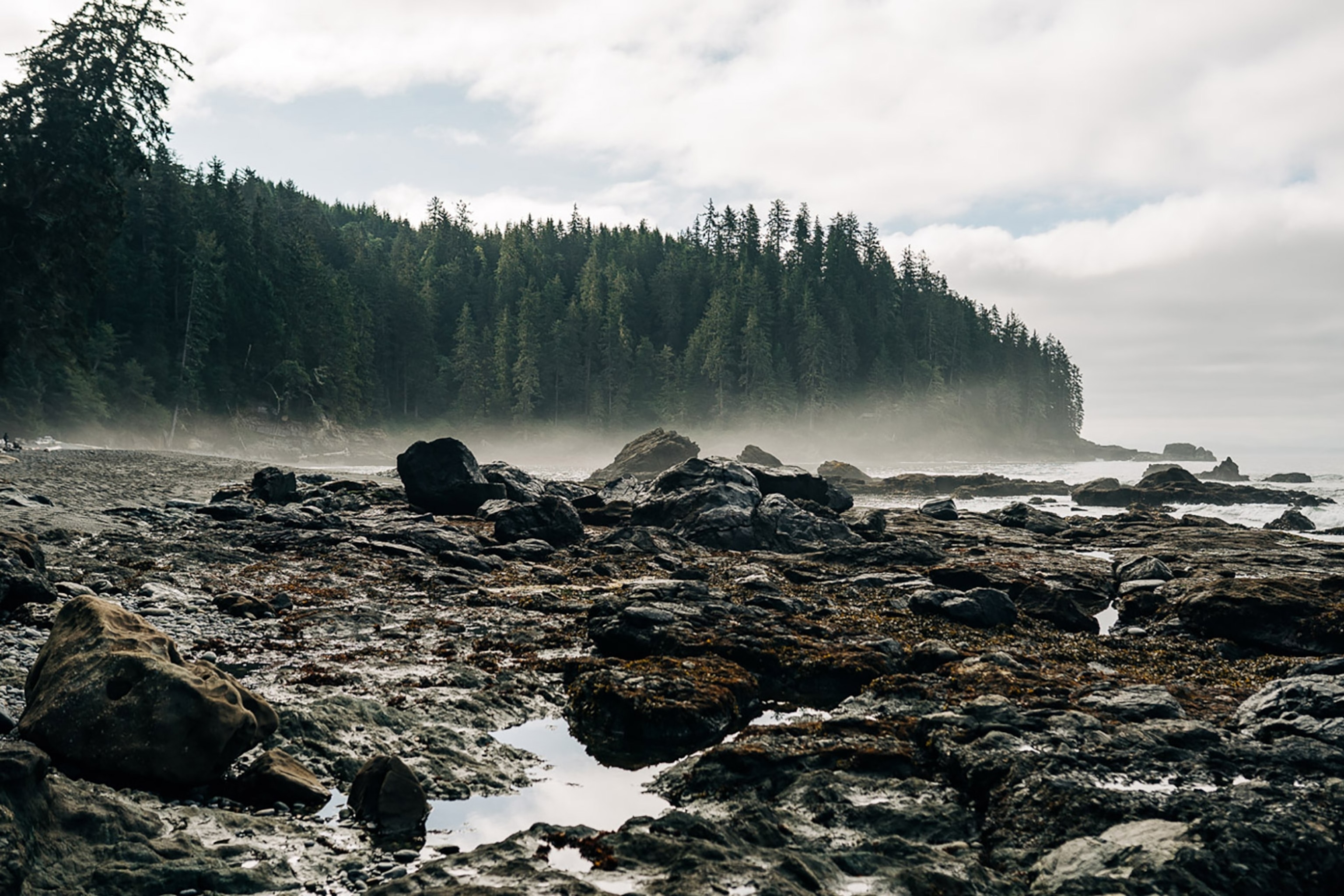
How First Nations-led protests in Canada sparked a conservation movement
In the old-growth forests of British Columbia, indigenous people declared the world's first tribal park.
In one of Canada’s wild natural expanses lies a sleepy beach town known for sand, surf, and one of the country’s largest acts of civil disobedience.
Located on Vancouver Island’s west coast, Tofino is bordered by the Pacific Ocean and cradled within the temperate rainforest of the Clayoquot Sound, designated a UNESCO Biosphere Reserve in 2000. Before the pandemic, tourists numbering in the hundreds of thousands flocked to the area to surf clear waters, spot pods of killer whales, and hike the ancient forests of Meares Island in Tofino’s backyard.
The temperate rainforest in the sound—the largest in southern British Columbia—is one of earth’s rarest and most endangered forest types. Part of the Cascadia bioregion, the sound teems with countless species of animals and plants. Among them, the thousand-year-old cedar, spruce, and hemlock are some of the world’s largest. But decades ago, commercial loggers moved in with plans to cut down nearly half the Sound’s old-growth forest, much of it in unceded First Nations territory.

The ensuing years of protests, culminating in what came to be known as the “war in the woods,” created tribal parks—preserved ancestral lands for First Nations people to protect. In recent years, tribal parks have become a model for indigenous-led conservation around the world. At a time when forests are burning at an unprecedented rate and a million plant and animal species teeter on the edge of extinction, indigenous land management could play a key role in the fight against climate change.
Scars from the past
The drive to Tofino from Victoria, British Columbia’s capital city, takes you along scenic roads through places like Cathedral Grove in Port Alberni’s McMillan Provincial Park and Kennedy Lake, the island’s largest. Along the way, groups of tourists stop to snap selfies against towering, thousand-year-old red cedars.
(Related: Escape to Canada’s pristine ‘place of spirits.’)
- National Geographic Expeditions
These picturesque scenes also bear the scars of decades-old clear-cut logging in the form of football field-sized gashes in the forest. Since the 18th century, Vancouver Island has been a coveted resource for salmon and timber, attracting European settlers. Over the centuries, logging on the island became big business, giving rise to large corporations like MacMillan Bloedel, which profited greatly from the island’s rich resources.
In the late 1970s, MacMillan moved in on Meares Island just west of Port Alberni, historically, territory belonging to the Nuu-Chah-Nulth people’s Tla-o-qui-aht Nation. The company had been granted cutting rights to more than 50 percent of the Sound encompassing Meares Island and areas surrounding crucial sources of drinking water. After years of seeing companies take down trees nearby, the locals decided they’d had enough.
“On Vancouver Island, people were constantly being assaulted by the visions of clear-cutting; the burnt slash and stumps [were visible] for miles,” says Maureen Fraser, a Tofino business owner and activist. “We couldn’t let that happen here.”
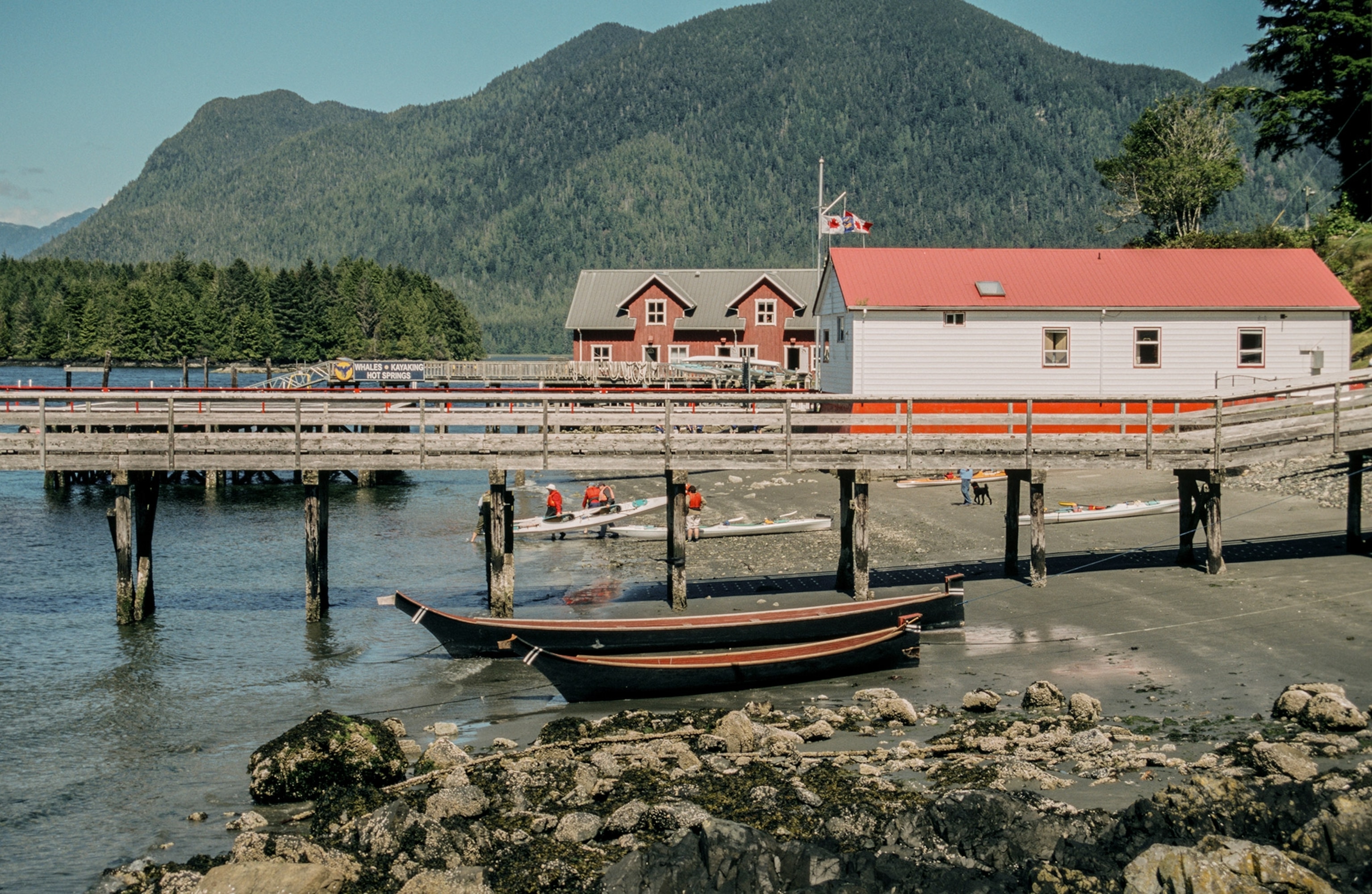

When MacMillan began mobilizing trucks into the area, residents joined with First Nations people led by the late indigenous activist, George Watts. Years before, Watts had helped create the Nuu-Chah-Nulth Tribal Council representing Vancouver Island’s 14 indigenous nations, which included the Tla-o-qui-aht. On April 21, 1984, members of the council and hundreds of supporters, including environmental groups, blocked access roads into the Sound. “They [the protestors] built a cabin, and put hammocks in the trees,” Fraser remembers. “You can’t blast with people in the trees.”
The blockade lasted five months, after which the fight moved from the forest to the courts. In time, the Tla-o-qui-aht took matters into their own hands, unilaterally declaring Meares Island a protected tribal park, the first of its kind anywhere.
The ‘war in the woods’
The tribal park designation halted logging on Meares Island and forced the government to consider historic indigenous land issues. But the surrounding area was still vulnerable. In the summer of 1988, MacMillan moved its operations up the coast to Sulphur Passage, in Ahousaht territory. Again, the activists responded, this time with a flotilla of boats blocking the blast zone. “We stayed there stopping them from blasting” says Maureen Fraser. “It slowed the logging down.”
Despite additional protests, the British Columbia government in 1993 granted MacMillan the right to cut down more than two-thirds of Clayoquot Sound, sparing only Meares Island.
Locals responded with the largest protest in Canadian history. The “war in the woods” drew 11,000 people and resulted in nearly 900 arrests. The mounting media attention forced the provincial government to come to the table with the Nuu-Chah-Nulth Tribal Council and halted all logging in the sound. Soon after, the government handed the council a victory by accepting the restrictive logging measures recommended by a scientific panel, including four First Nations advisors.
(Related: To understand 2020’s racial protests, you must go further back.)
The rise of tribal parks
Since then, other indigenous areas throughout Canada have been declared tribal parks; the latest, Tranquil Valley near Tofino, earned the designation in 2014.
The declaration is an act of decolonization for the indigenous people who have lived on these lands for millennia, notes Terry Dorward, project coordinator for the Tla-o-qui-aht Tribal Parks. “Our responsibilities as stewards were interrupted by colonization, so now we heal by returning to the way of life that our ancestors followed as Tla-o-qui-aht,” he says.
(Related: Revisit the tangled legacy of Theodore Roosevelt National Park.)
This way of life includes using traditional conservation methods that are rooted in spirituality. First Nations staff harvest only the bark of trees for uses including housing, firewood, and medicinal purposes and swim in the rivers to count fish, ensuring the health of the population. “Our people know the importance of maintaining the life source of the forest,” Dorward adds.
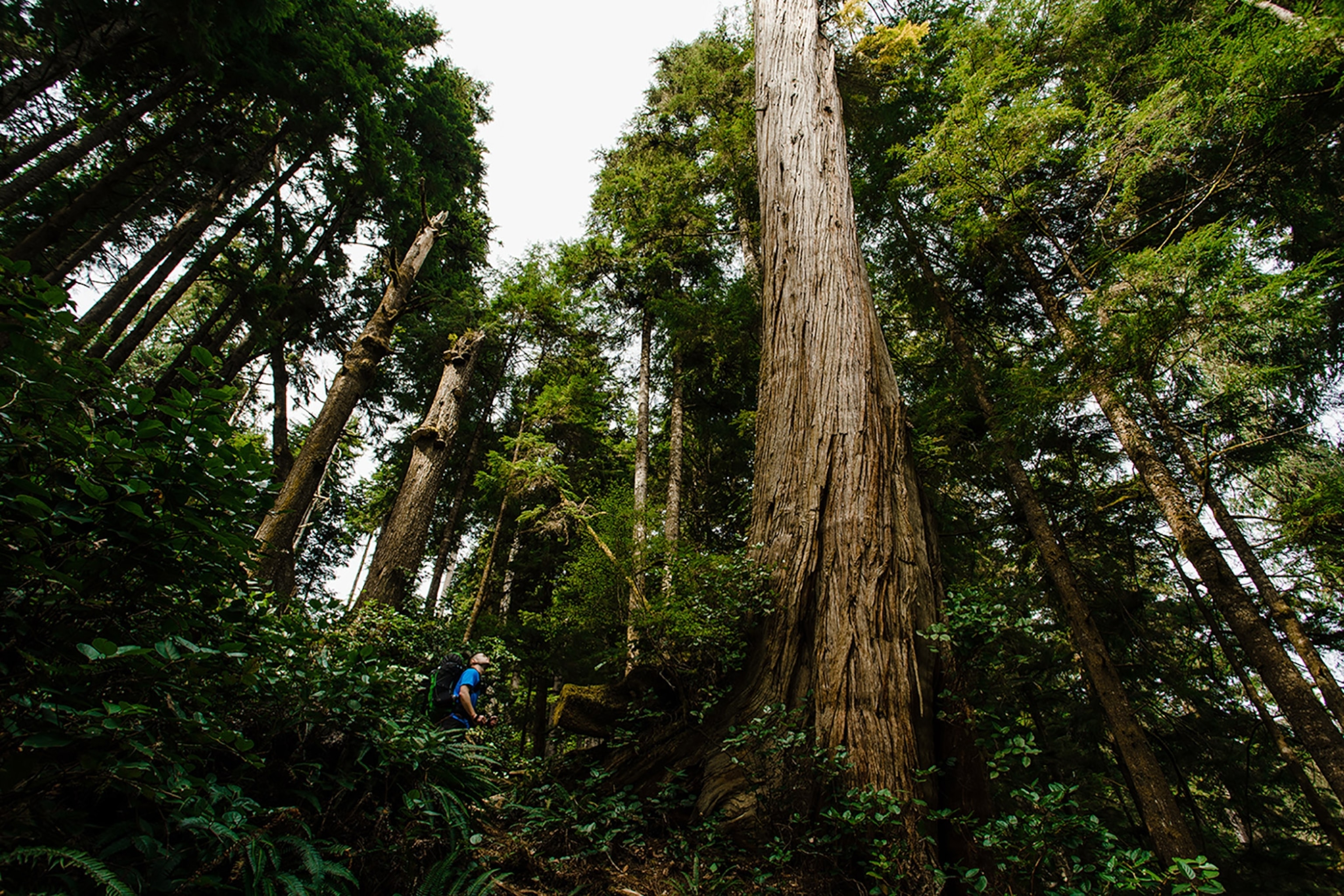
These traditional methods aren’t just important to Vancouver Island’s First Nations people. They’re becoming an important tool for combatting the effects of climate change at a crucial time. A 2020 University of Arizona study found that one in three plant and animal species could be extinct by 2070 if global warming isn’t reduced. Growing evidence shows that when parks are overseen by native people, their biodiversity increases more so than parks run by state or federal governments.
Unique to Tla-o-qui-aht parks, the Allies Certification program allows local businesses that directly benefit from a healthy eco-system to contribute funds to the indigenous management of the park. That money goes into creating cultural and language programs, as well as economic and recreational opportunities for First Nations people and tourists, adds Dorward.
“We have a responsibility to take care of our territory, but also to take care of our people economically,” he says. “We need to manage the forests sustainably and build on a conservation economy.”
Forests for the future
In recent years, tribal parks, under the international banner of Indigenous Protected and Conserved Areas (IPAs), have become models of the benefits of indigenous stewardship all over the world.
“The Tla-o-qui-aht tribal park … is a great example of an instance wherein indigenous conservation leadership, with the support of allies, changed business-as-usual practices and maintained biodiversity in the face of industrial pressure,” says Rachel Plotkin of the David Suzuki Foundation, a Canadian conservation research nonprofit.
Today, groups like the ICCA Consortium are working to support the development of IPCAs around the world. But while indigenous people inhabit 65 percent of the world’s land, they face significant barriers to traditional territories, notes Forest Peoples, a U.K.-based human rights organization. Among the barriers are inadequate government policies and extractive activities like mining.
In British Columbia, the Nuu-Chah-Nulth Tribal Council continues to negotiate with governmental bodies on behalf of its people with sustainability in mind. Through the sharing of traditional knowledge with younger generations, they pass on what it is to be caretakers of their lands and resources, and ultimately what it means to be Nuu-Chah-Nulth.
That’s what George Watts, the First Nations chiefs, and the hundreds of protestors were fighting for, says George’s son, Ken Watts. “We have a saying: hiishuk-ish tsawaak, meaning, everything is one. Everything is interconnected,” he says. “We don’t just plan for today, or tomorrow, we plan for generations from now.”





